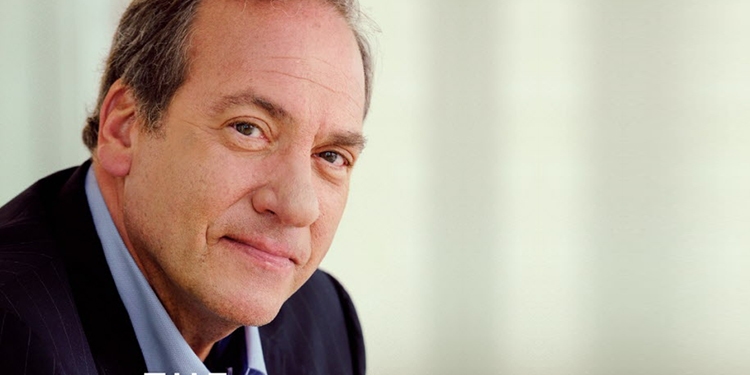Trauma Centers and Tourism
The Fellowship | August 7, 2015

Enjoy a snippet from Rabbi Eckstein’s biography, The Bridge Builder, the compelling book about the rabbi’s life and continuing legacy.
Eckstein found another way to contribute to the fight – one that did a great deal to establish him in Israel. A few months after he moved to Jerusalem, the Second Intifada broke out. It had been simmering since the 1995 Oslo Accords, in which Arafat agreed to recognize Israel in return for Palestinian autonomy in most of the West Bank and Gaza. The deal was billed as a prelude to peace, but it didn’t work out that way.
Instead, Prime Minister Yitzhak Rabin was assassinated by a Jewish fanatic, who was furious at the terms of the deal. The Palestinians, for their part, sent terrorists to strike again and again. A Passover Seder was attacked, massacring tens of worshippers. Buses were blown up. Twenty-one kids were murdered on the Tel Aviv beach. Jerusalem was especially hard hit. Fifteen civilians, many of them teenagers, were blown up in a downtown pizza parlor. Hamas bombed a school bus, killing twenty-three. The capital became a ghost town after dark, with the few restaurants and theaters that stayed open at night obliged to bring in armed guards.
The intifada confronted Eckstein with both personal and professional challenges. For one thing, some evangelical donors were reluctant to support the Wings immigration program because they feared it was bringing Russian Jews into a war zone. Eckstein himself lived in a neighborhood that abutted several Palestinian villages, and like everyone else he was exposed to danger, at home and in the street. He especially worried about the safety of his daughter Yael, who was studying in Jerusalem at the time; she often took buses, which were a prime terrorist target, and she had a couple of close calls.
Trauma Centers
. . . Guardians of Israel, Eckstein’s social welfare organization, added a new program to its roster, the Israeli Victims of Terror Fund. The original idea was to give grants to people injured in attacks or to their families, but the government of Israel took care of these expenses. So Eckstein used the funds to build or maintain physical and psychological trauma centers in hospitals throughout the country, and to underwrite ZAKA, a first-responder organization run by ultra-Orthodox volunteers.
He appealed for funds, and his donors responded. Income went from about $28 million in 2000 to $35 million in 2002, the first year the Terror Fund was in operation. Over the course of the Second Intifada, which ended in 2005, The Fellowship‘s annual donation grew to almost $50 million. “Anytime there is war or terrorism in Israel that’s covered in the American media, it inspires those Christians who love Israel to help even more.”
Tourism
In addition to the money he raised, Eckstein appealed to evangelicals through direct mail and infomercials to travel to Israel as a show of solidarity. During the intifada, many American Jewish groups had canceled trips to Israel, leaving the hotels empty. Only evangelicals continued to arrive in large numbers. They saved the tourism industry, one of Israel’s most important sources of foreign currency. Just as important, their presence made a lasting impression on the Israeli attitude toward Christian Zionists. In 2005, Eckstein inaugurated and led what became an annual Fellowship pilgrimage to the Holy Land.
Learn more about Rabbi Eckstein’s biography.
Visit Amazon to order your hardcover copy of The Bridge Builder, or order a copy for Kindle.
